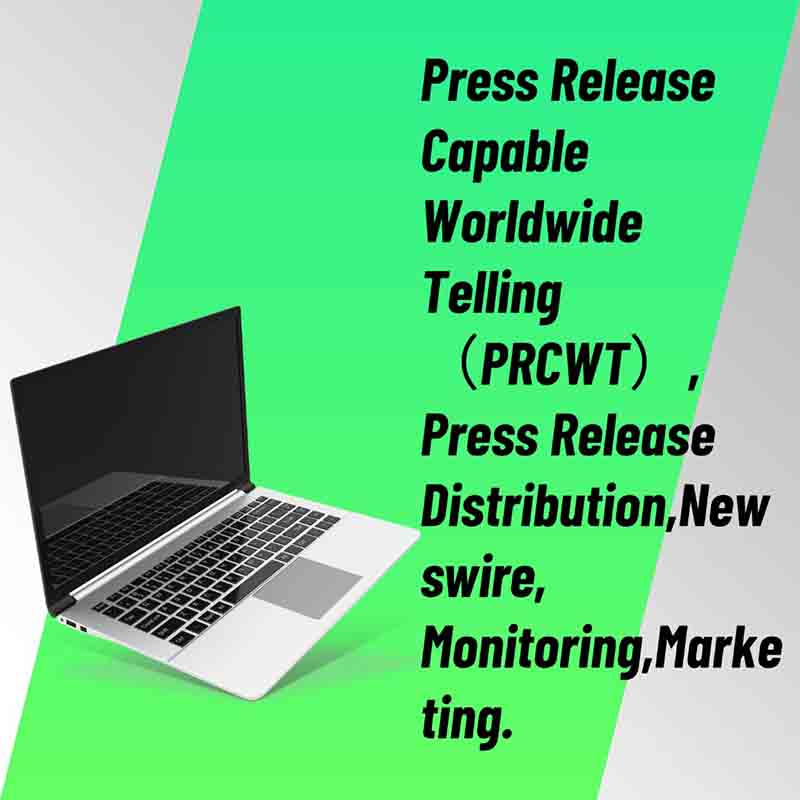In today's fast-paced world, the delivery industry is constantly evolving. With the rise of e-commerce and the need for quick and efficient delivery, companies are constantly looking for ways to improve their services. One of the latest trends in the industry is the use of drones and autonomous vehicles for deliveries. These technologies have the potential to revolutionize the way we receive our goods, making deliveries faster, more efficient, and more cost-effective.
According to a recent report by Grand View Research, the global drone delivery market is expected to reach $18.9 billion by 2025, growing at a CAGR of 41.5% from 2018 to 2025. This growth is being driven by the increasing demand for same-day and next-day deliveries, as well as the need for last-mile connectivity in rural and remote areas. Autonomous vehicles are also expected to play a significant role in the delivery industry in the coming years. According to a report by PwC, the global autonomous vehicle market is expected to reach $1.5 trillion by 2035, with the delivery segment accounting for a significant portion of that growth.
However, the widespread adoption of these technologies is not without its challenges. One of the main concerns is safety. Drones and autonomous vehicles need to be able to operate safely in complex urban environments, avoiding obstacles and interacting with other vehicles and pedestrians. Another challenge is regulation. The use of drones and autonomous vehicles for deliveries is currently subject to a variety of regulations and restrictions in different countries and regions. These regulations need to be streamlined and harmonized to facilitate the widespread adoption of these technologies.
Despite these challenges, the potential benefits of drone and autonomous vehicle deliveries are significant. These technologies have the potential to reduce delivery times, improve delivery accuracy, and reduce costs for companies. They also have the potential to provide better services to customers, allowing them to receive their goods more quickly and conveniently. In addition, the use of these technologies can help to reduce traffic congestion and emissions, making our cities more sustainable.

In conclusion, the delivery industry is on the verge of a major transformation. The use of drones and autonomous vehicles for deliveries has the potential to revolutionize the way we receive our goods, making deliveries faster, more efficient, and more cost-effective. While there are challenges to overcome, the potential benefits are significant, and it is likely that we will see more and more companies adopting these technologies in the coming years.
